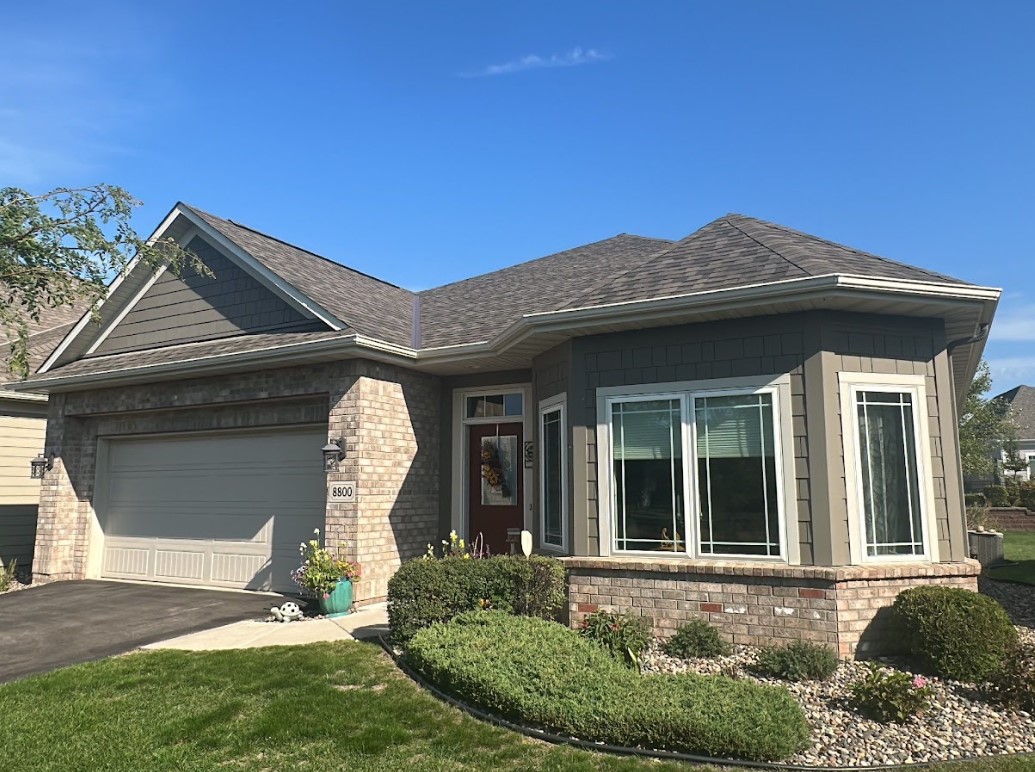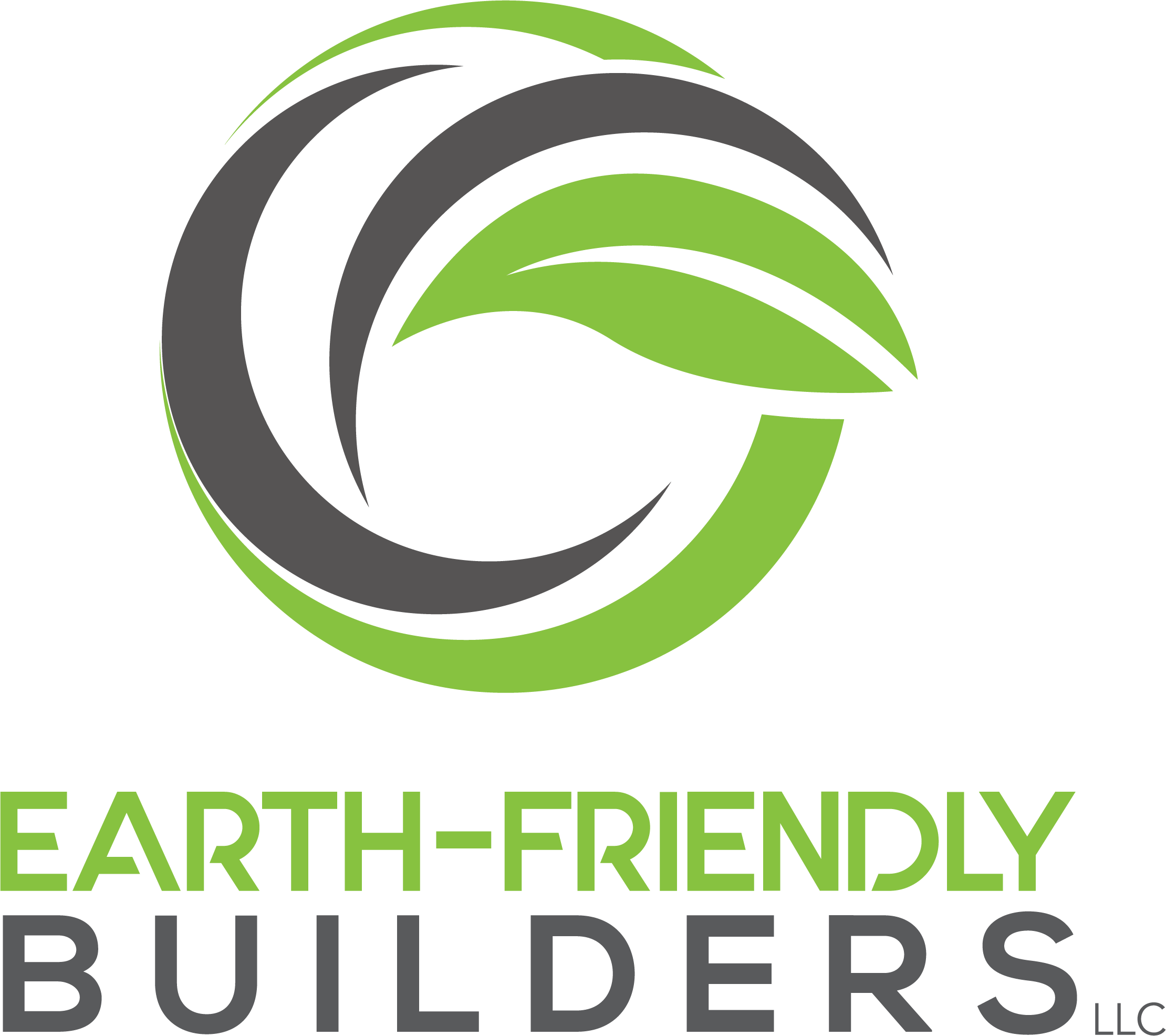Asphalt shingles are the most popular roofing material in North America, offering durability, affordability, and a wide range of styles. But have you ever wondered, “How are asphalt shingles made?” or “What are asphalt shingles made of?”
Understanding the materials and manufacturing process behind asphalt shingles can help homeowners make informed decisions about their roofing options. In this blog, we’ll explore the key components that make up asphalt shingles, how they are produced, and why they are a top choice for protecting homes.
What Are Asphalt Shingles Made Of?
Asphalt shingles may look simple, but they are engineered to provide long-lasting protection against the elements. The manufacturing process combines several key materials to create shingles that are both strong and weather-resistant.
1. Fiberglass or Organic Mat
The base of every asphalt shingle starts with either a fiberglass mat or an organic mat:
- Fiberglass Mats: Made from thin glass fibers woven together, fiberglass mats provide a lightweight yet durable foundation for asphalt shingles.
- Organic Mats: These are made from recycled paper or wood fibers that are soaked in asphalt to enhance water resistance. While they were common in the past, fiberglass mats have largely replaced organic mats due to their superior durability and fire resistance.
2. Asphalt Coating
The asphalt used in shingles is specially refined to make it flexible, waterproof, and long-lasting. The asphalt layer acts as a barrier against moisture, preventing leaks and extending the life of the shingles.
3. Mineral Granules
The top layer of asphalt shingles is coated with ceramic-coated mineral granules. These granules serve multiple purposes:
- UV Protection: The granules help block sunlight and prevent asphalt degradation over time.
- Aesthetic Appeal: They provide color and texture to shingles, allowing homeowners to choose from a variety of styles.
- Impact Resistance: The granules add durability, helping shingles withstand harsh weather conditions like hail and heavy rain.
4. Sealant Strips
To ensure shingles stay in place and provide a watertight seal, manufacturers apply sealant strips that activate with heat. These strips help shingles adhere to one another, reducing the risk of wind uplift.
Together, these components create a shingle that is tough enough to protect your home for decades.
For more details on asphalt roofing materials, check out the U.S. Department of Energy’s guide to roofing options for energy-efficient homes.

The Asphalt Shingle Manufacturing Process
Now that we know what asphalt shingles are made of, let’s take a look at how they are produced. The manufacturing process involves several steps to ensure consistency, durability, and quality.
1. Creating the Base Mat
The process begins with the production of the base mat, which serves as the foundation of the shingles. If a fiberglass mat is used, manufacturers form it by weaving and binding glass fibers together into a strong, lightweight sheet.
2. Saturating the Mat with Asphalt
The base mat is then coated with hot, liquid asphalt. This step saturates the mat, providing waterproofing and enhancing its overall strength.
3. Adding Mineral Fillers
To improve durability, manufacturers mix mineral fillers into the asphalt coating. These fillers help reinforce the shingles and increase their resistance to wear and tear.
4. Applying the Granule Layer
Next, a layer of ceramic-coated mineral granules is embedded into the asphalt surface. These granules come in various colors and serve as protection against UV rays, impact damage, and environmental wear.
5. Cutting and Packaging
Once the asphalt and granule layers are applied, the shingle material is cooled and cut into individual shingles. The finished shingles are then bundled and prepared for shipping to suppliers and contractors.
This efficient manufacturing process ensures asphalt shingles are durable, cost-effective, and easy to install.
For additional insights into the roofing industry, visit the National Roofing Contractors Association’s educational resources on roofing materials and installation.
Why Asphalt Shingles Are a Top Roofing Choice
Now that we’ve covered how asphalt shingles are made, let’s look at why they are the most common roofing material for homes.
1. Affordability
Compared to metal, tile, or slate roofing, asphalt shingles offer an affordable option without sacrificing quality. They provide excellent durability at a fraction of the cost of other materials.
2. Durability and Weather Resistance
Asphalt shingles are designed to withstand extreme weather conditions, including high winds, heavy rain, and even hail. Many modern shingles also come with impact-resistant coatings for added durability.
3. Variety of Styles and Colors
Asphalt shingles come in a wide range of colors and textures, allowing homeowners to customize the look of their roof to match their home’s aesthetic. Whether you prefer a classic, modern, or rustic style, there’s an asphalt shingle option for you.
4. Ease of Installation and Repair
Unlike some other roofing materials that require specialized installation, asphalt shingles are relatively easy to install and repair. This helps keep labor costs low and allows for faster roof replacements.
5. Energy Efficiency Options
Newer asphalt shingles are designed with cool roofing technology, reflecting more sunlight and helping reduce energy costs by keeping homes cooler in warm climates.
How to Know When It’s Time for a Roof Inspection
Even the best asphalt shingles will eventually need maintenance or replacement. Here are some signs that it may be time to schedule a roofing inspection:
- Missing or damaged shingles – High winds and storms can cause shingles to lift or break.
- Granule loss – If you notice granules collecting in your gutters, your shingles may be wearing down.
- Leaks or water stains – Water damage inside your home could indicate roof issues.
- Moss or algae growth – This can signal moisture problems and may reduce shingle lifespan.
If you’re unsure about your roof’s condition, it’s best to have a professional evaluate it.
Get a Free Roof Inspection Today
Understanding how asphalt shingles are made and what asphalt shingles are made of can help homeowners make informed roofing decisions. If you’re considering a roof replacement or just want to ensure your shingles are in good condition, now is the time to take action.
At Earth-Friendly Builders, we specialize in high-quality roofing services that prioritize durability and energy efficiency. Whether you need a repair, replacement, or a professional assessment, our team is here to help.
Don’t wait for roofing problems to get worse—get a free inspection now and let our experts assess the condition of your shingles. A strong, reliable roof starts with the right materials and the right team!

